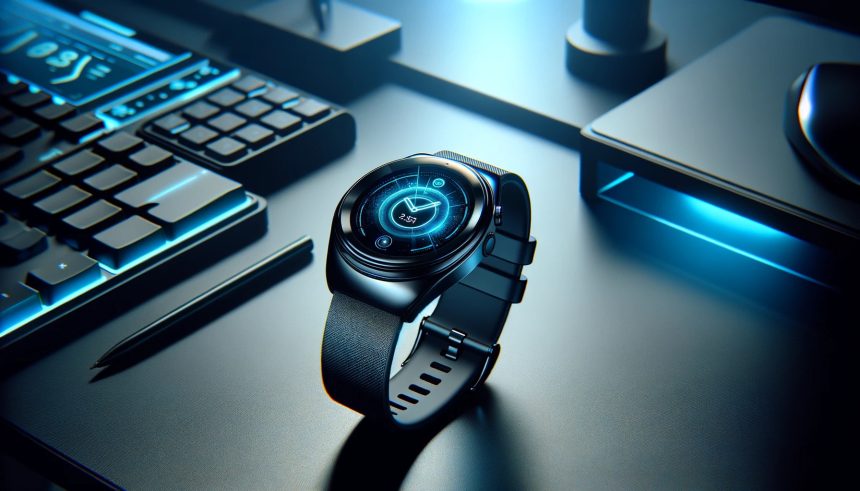Tech enthusiasts have been anticipating substantial upgrades in Samsung’s forthcoming Galaxy Watch 8. Instead, recent leaks suggest the new model will closely reflect its predecessor, the Galaxy Watch 7, rather than delivering significant changes. Many users expected major enhancements fueled by growing competition from brands like Apple and Garmin. However, the current information points to a strategy that puts stability and iterative design ahead of bold shifts. This approach may appeal to users who value consistency over radical updates.
Earlier leaks and speculations about the Galaxy Watch 8 had pointed toward a possible redesign or a stronger focus on features like increased battery life and enhanced health sensors. In contrast, the latest rumors now indicate a continuity with last year’s model, in both hardware and features. This represents a shift from Samsung’s previous strategy seen during the transition from the Galaxy Watch 5 to the Watch 6, where new health monitoring tools and performance boosts had been integrated. The prevailing sentiment from industry insiders also suggests that Samsung is taking a more measured approach this cycle, possibly due to supply chain constraints or a desire for production stability.
What Features Is Samsung Retaining in Galaxy Watch 8?
The Galaxy Watch 8 is expected to carry forward many core specifications from the Galaxy Watch 7, such as the circular display, rotating bezel on select models, and similar battery capacities. Software updates, including those on Samsung’s One UI for Wear OS, are anticipated to be incremental rather than overhaul. The heart rate monitor, ECG functionality, and sleep tracking, widely used in the Galaxy Watch 7, are likely to remain unchanged, according to the available details.
Is There Any Notable Hardware or Software Upgrade?
Rumors have not pointed out significant hardware developments for the new device. The processor and RAM figures are presumed to be on par with the Galaxy Watch 7. Software-wise, Samsung may roll out stability enhancements and bug fixes with Wear OS updates, but large-scale features or integrations currently seem unlikely. A source indicated,
“Samsung appears focused on fine-tuning rather than reshaping its wearable design with this release.”
This reinforces the narrative that updates may be subtle but help maintain existing user satisfaction.
How Does Samsung Position the Galaxy Watch 8 in a Competitive Market?
While competing releases from Apple’s Series 9 and fitness-focused wearables by Garmin introduce fresh hardware and new health features annually, Samsung’s Galaxy Watch 8 positions itself as a safe choice for users who appreciate what already works well. The focus on maintaining trusted features instead of major innovations could reflect the stable sales and positive reception of recent models. Such a strategy aims to sustain long-term brand loyalty while avoiding the risks associated with deploying untested technology at scale.
Consumers deciding between the Galaxy Watch 7 and the anticipated Watch 8 may find little reason to upgrade if using standard features, especially with the minimal visible differences projected for the upcoming device. However, steady refinements in software—with continued support for popular Samsung and Google apps—could be attractive for first-time buyers or those looking to replace much older wearables. Customers invested in Samsung’s ecosystem can expect familiar user experience and support for ongoing firmware updates across both versions. Those seeking transformative new features or substantial design shifts, however, may feel this iteration does not meet their expectations and could look toward alternative brands or wait for another generation.










